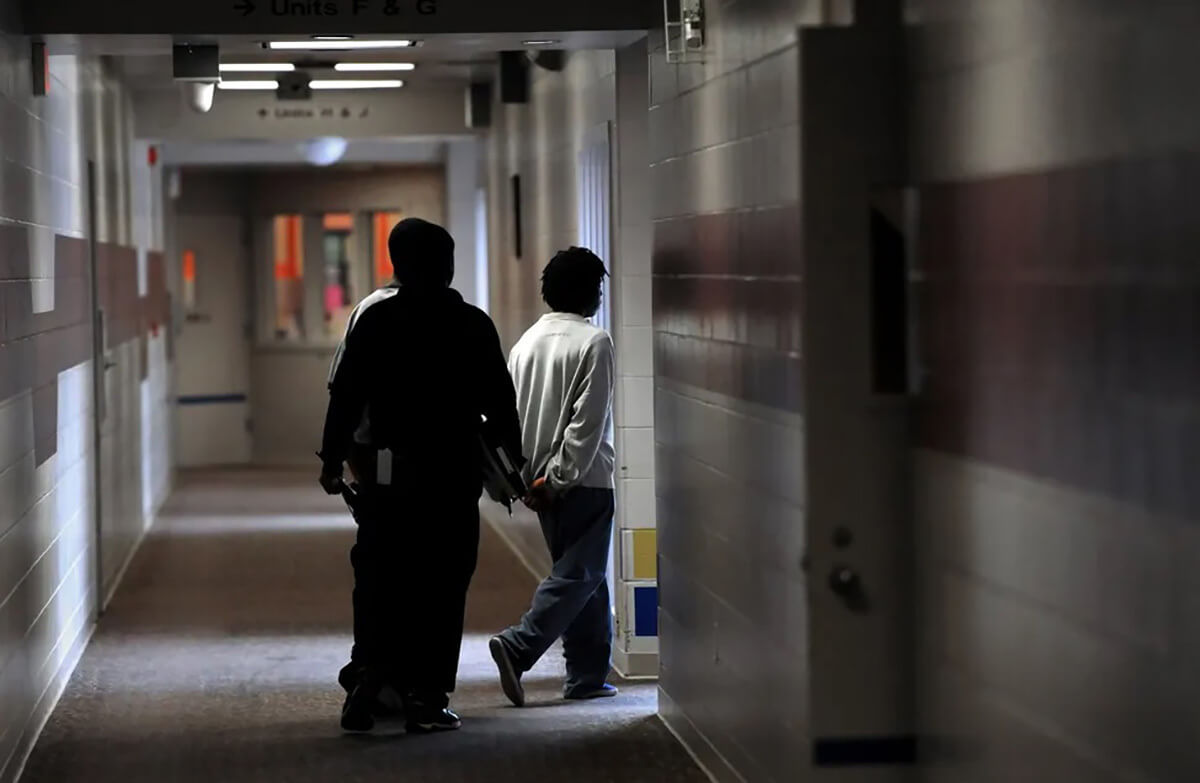
An investigation that started with one man in a rural Indiana jail led five students in the Gallivan Program in Journalism, Ethics, and Democracy to produce two stories published in the Indianapolis Star this week.
One team was interested in why the man put in jail had to pay for the unwanted privilege of staying there, and the other investigated the fines and fees charged to families when their child gets involved in the state’s juvenile justice system.
Both groups found that Indiana charges exorbitant fines and fees to the people in the criminal justice system, which has come to depend on this money instead of tax collections to fund its operations. They also found that the size of the bill depends largely on where the person lives within the state, a fact one report called “justice by geography.”
While the students conducted their investigation and wrote the stories last spring, the Star was going through changes and was not able to publish them until nearly a year later. However, the topics were considered “evergreens” rather than breaking news.
Isabelle Kause, Katie Muchnick and Jack Sirianni aimed to investigate the pay-to-stay practice of charging inmates for their time in jail, which is legal in Indiana. When they could confirm only one prominent example in Clinton County, the students pivoted to a story about the injustice of fines and fees as a whole.
“This issue in particular drew our attention because of the injustice in the way that nonviolent offenders were being charged for their time in jail,” Kause said. “We believe that by adapting and remaining true to the central defining element of the story — the affected people — we were able to illustrate a problem that is gripping Indiana.”

Peter Breen and Claire Reid had a smoother road. Early on, they used data to find that Porter County collected far more than other counties from the families of children in the juvenile justice system. Their story starts with a parent who felt the justice system was designed to force money from the parents rather than to help the kids involved.
“Claire and I learned during the investigation that the fees incurred by juveniles in Indiana's criminal justice system can and do add up quickly,” Breen said. “We tried to illustrate the adverse effects of this accumulation on juveniles and their families in our story.”
Students in the Investigative Journalism class taught by Brendan O’Shaughnessy start with data analysis to identify trends that warrant further analysis. They conduct background research on what’s already been said about the topic. They interview affected people, experts, and those with the power to control or fix whatever problem is under investigation.
The investigative teams persevered even though their emails and phone calls were often ignored. Some people hung up on them or declined to talk about their experience with the criminal justice system. They also learned how to persuade people to speak in order to bring about change.
“Other than this experience being an exercise in the virtue of patience, we learned that the key to investigative journalism is relentless effort and a shameless ability to never get discouraged,” Sirianni said.
A former Star journalist, O’Shaughnessy said he chose the overall topic after seeing a Justice Department report that found fault with the fines and fees charged mainly to minorities in the area around Ferguson, Missouri, after the police shooting of Michael Brown. The students then picked their own story ideas and overcame the kinds of challenges that all journalists face.
The class partnered with Tim Evans, the investigations editor at the Star who helped break the story about physician Larry Nasser abusing female gymnasts.
“I pushed them extremely hard to track down every potential source, write with neutral fairness, and confirm every fact in the stories,” O’Shaughnessy said. “I’m proud of their final product, and I hope these stories become featured clips that will propel their future careers in journalism that holds power accountable.”